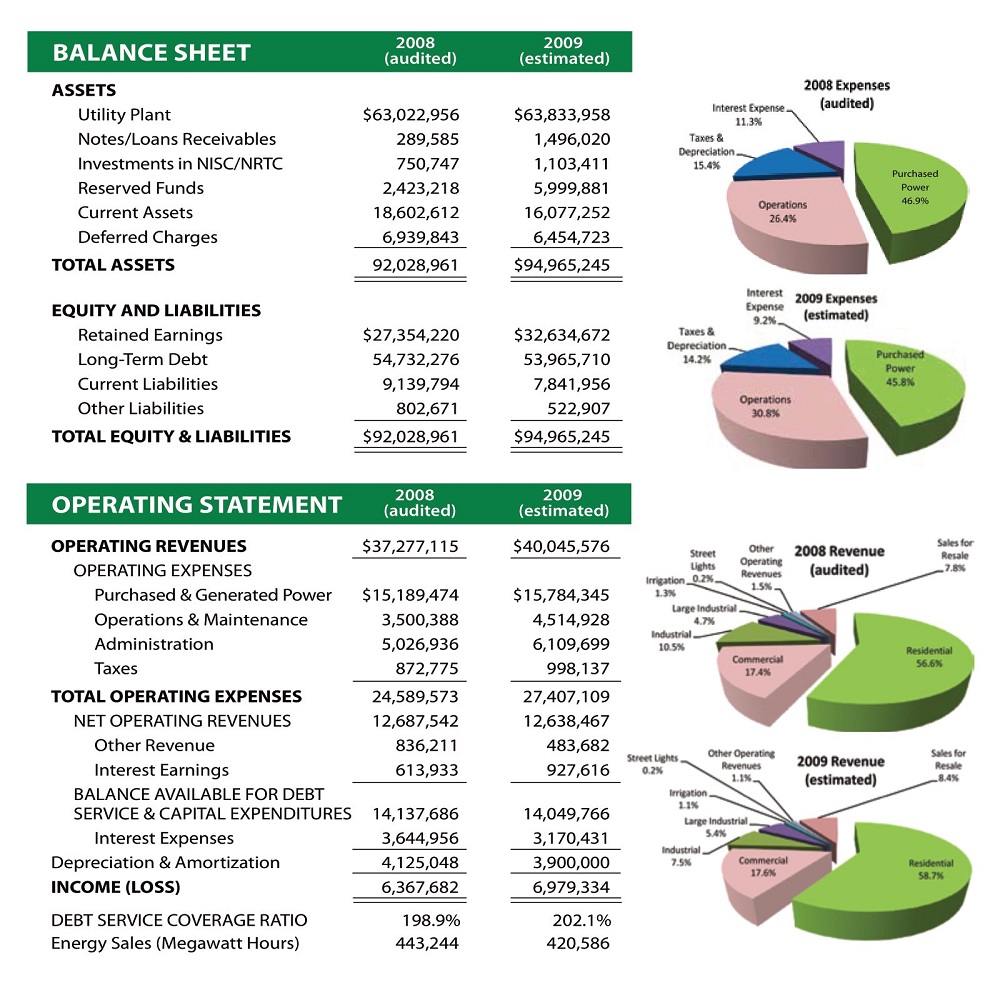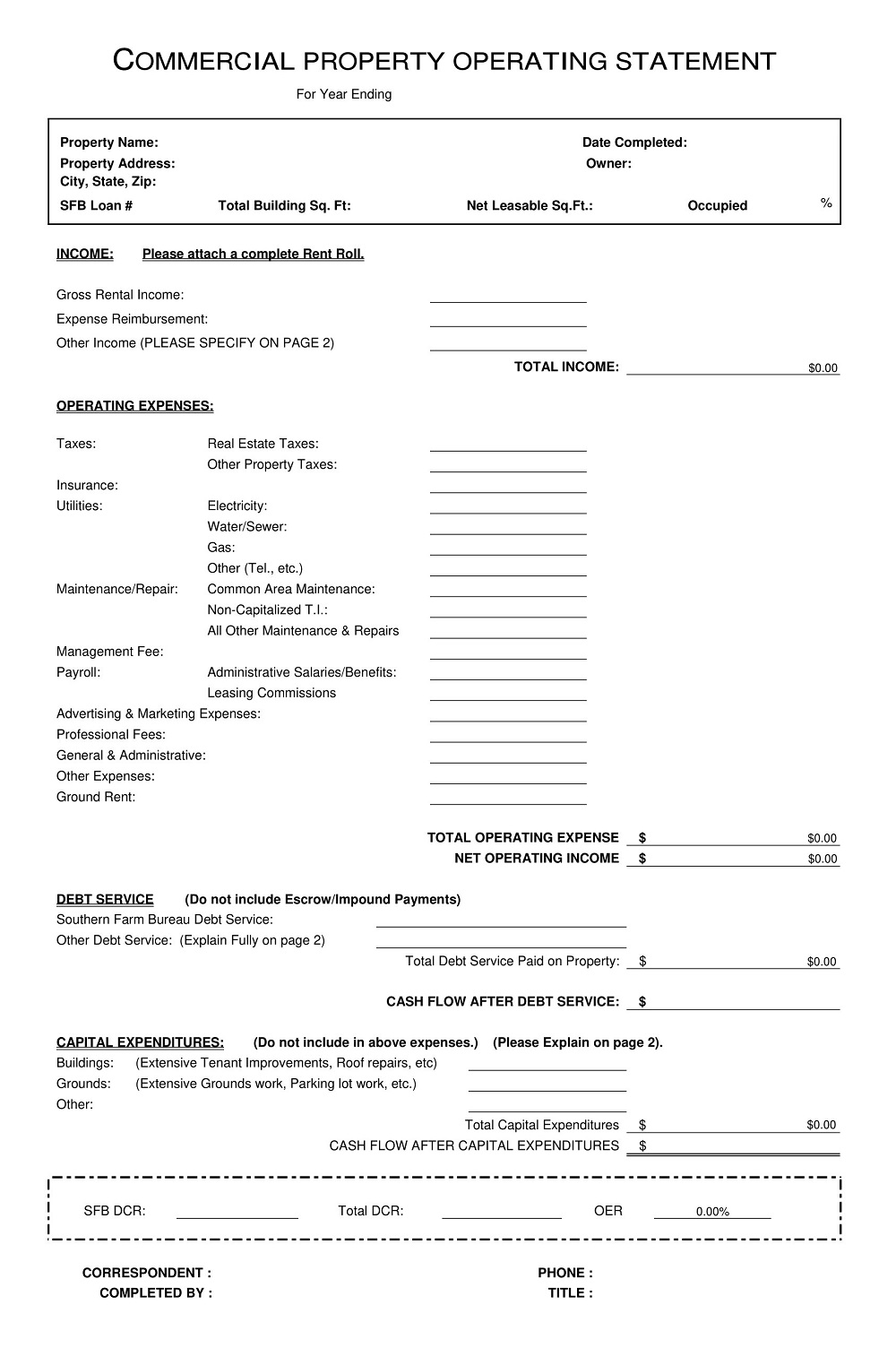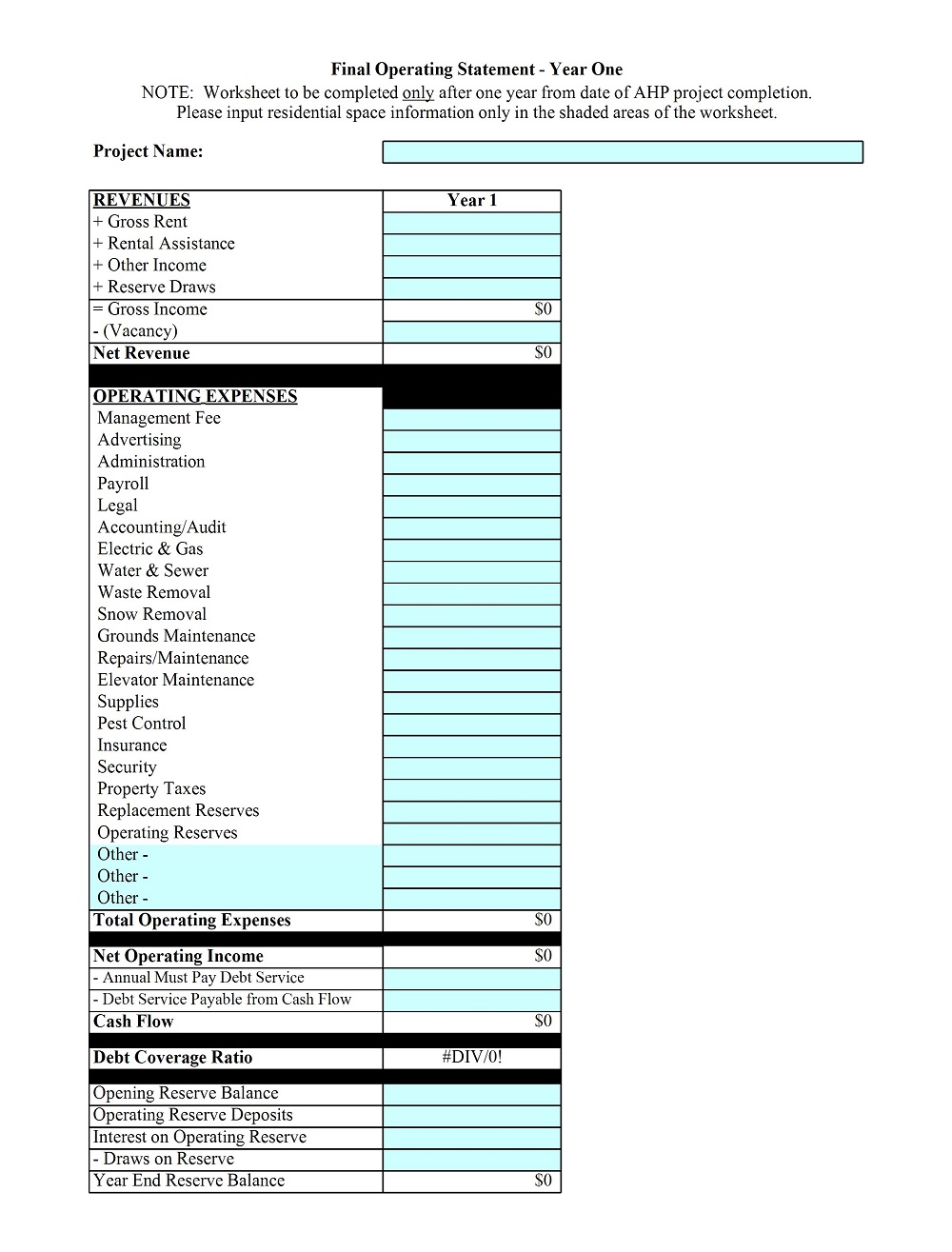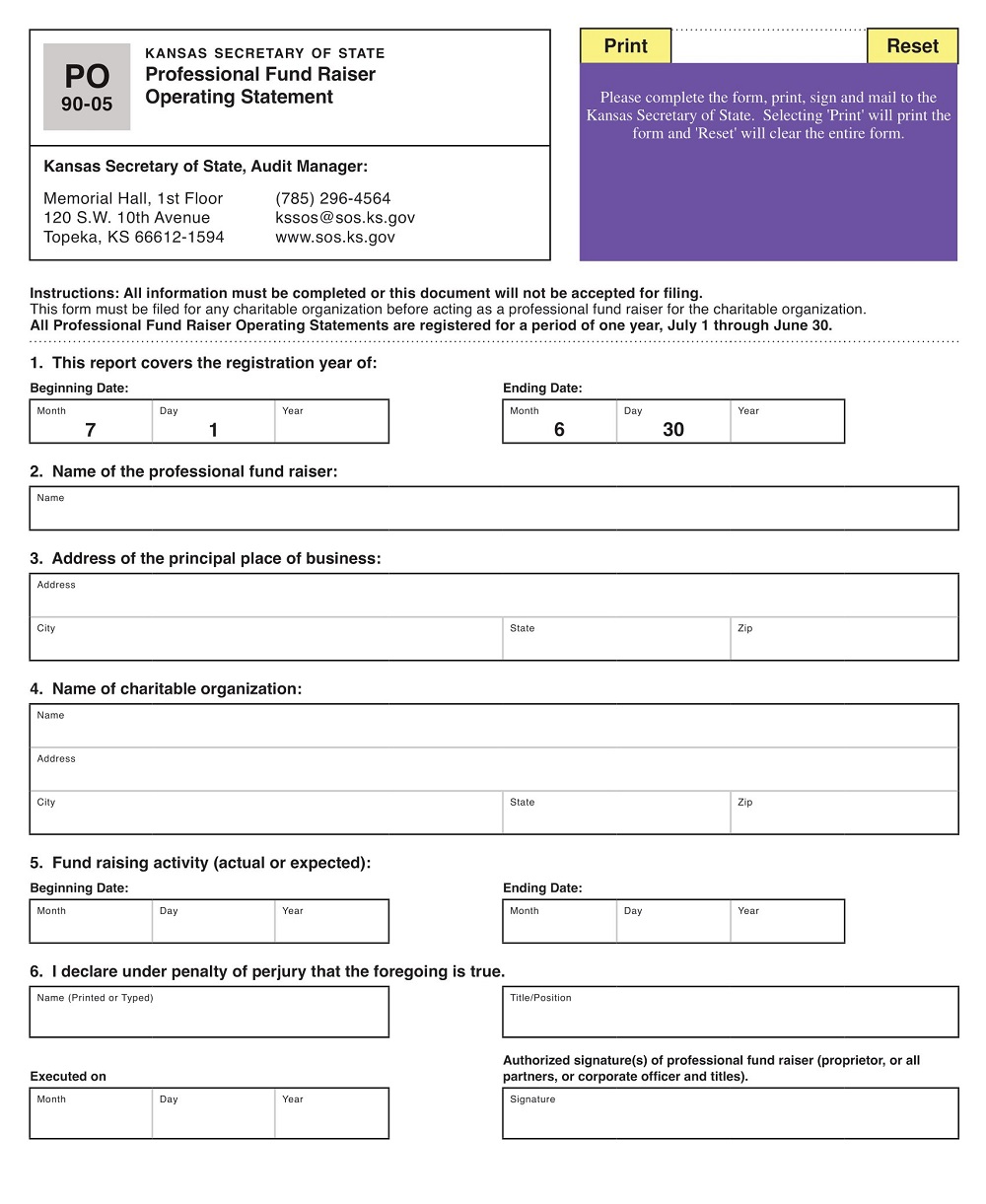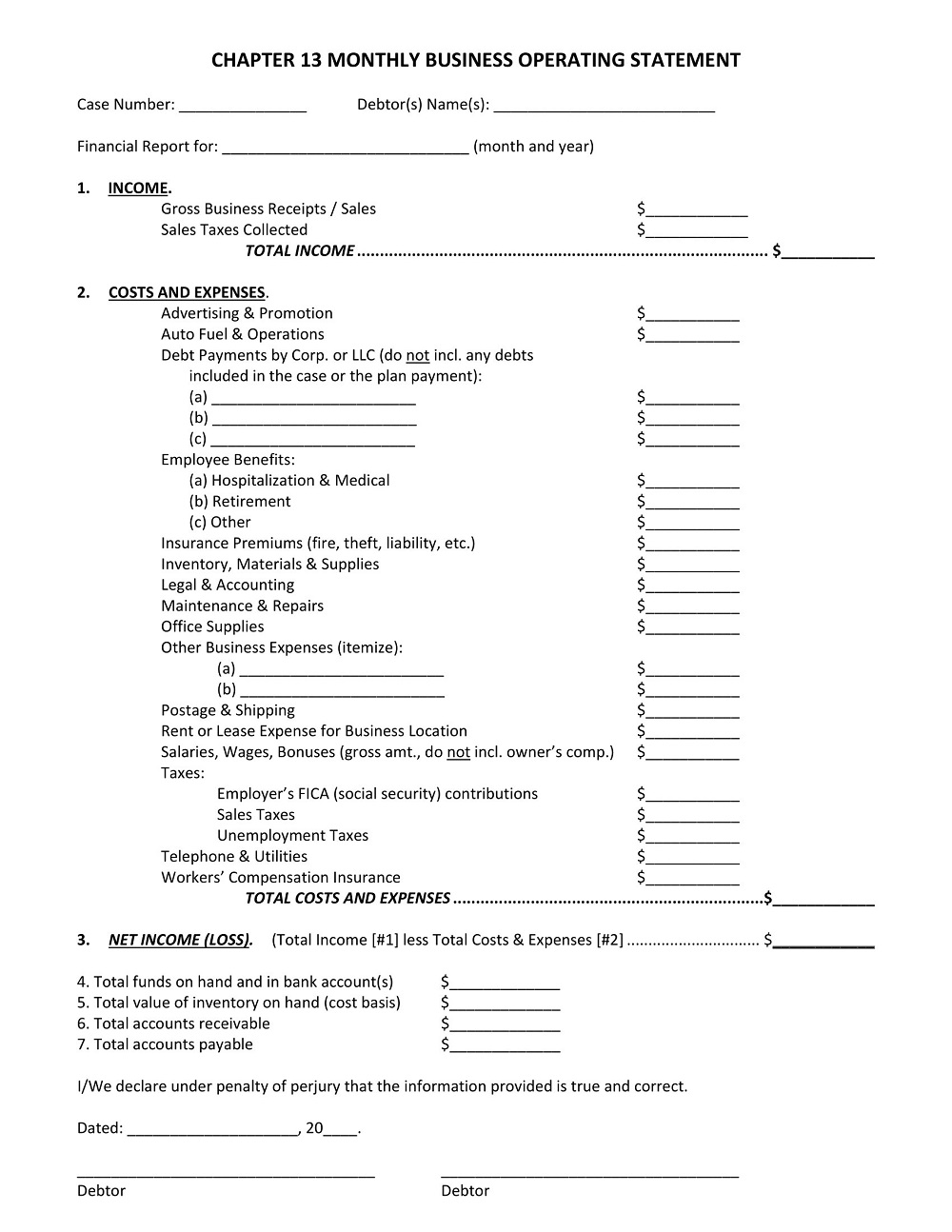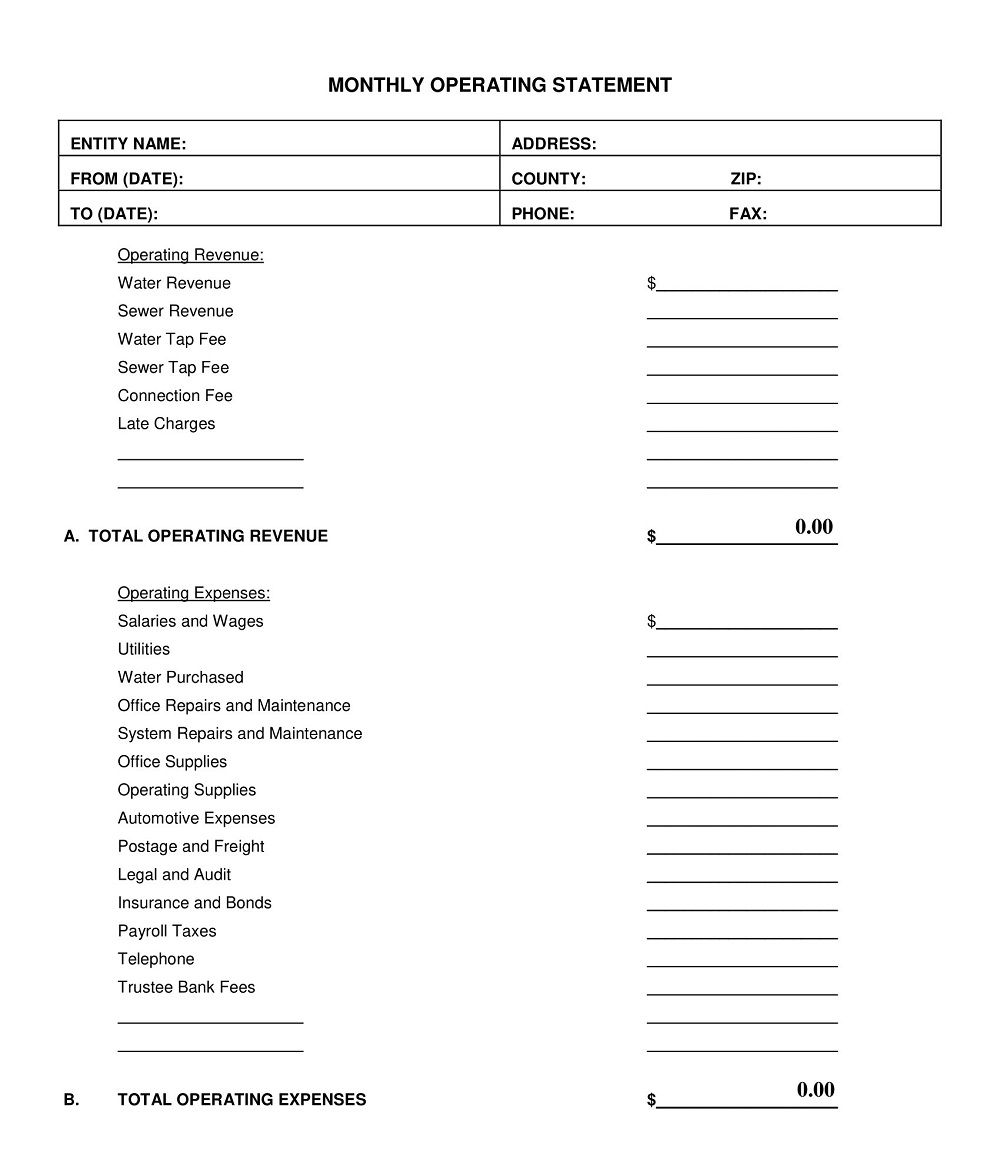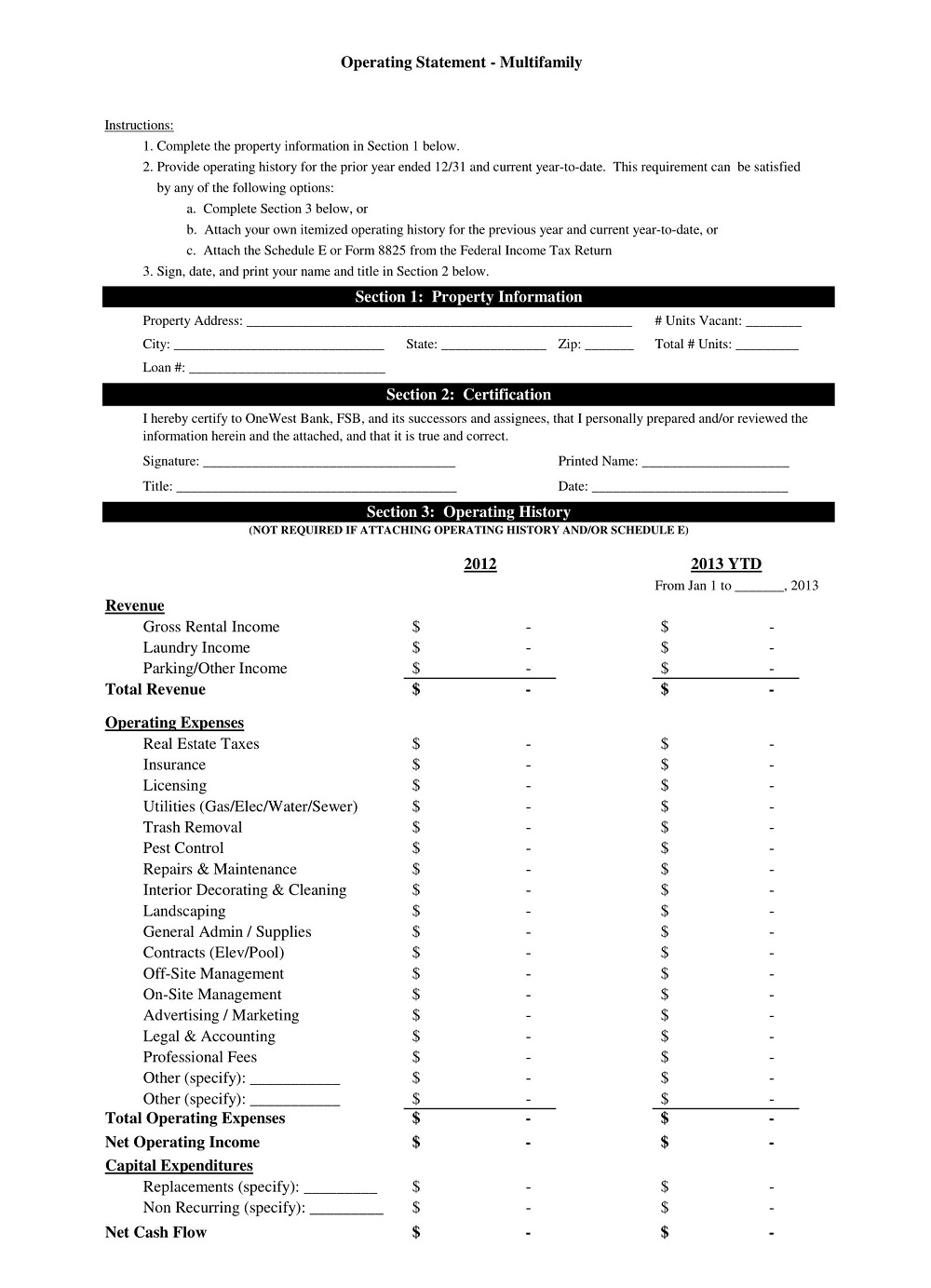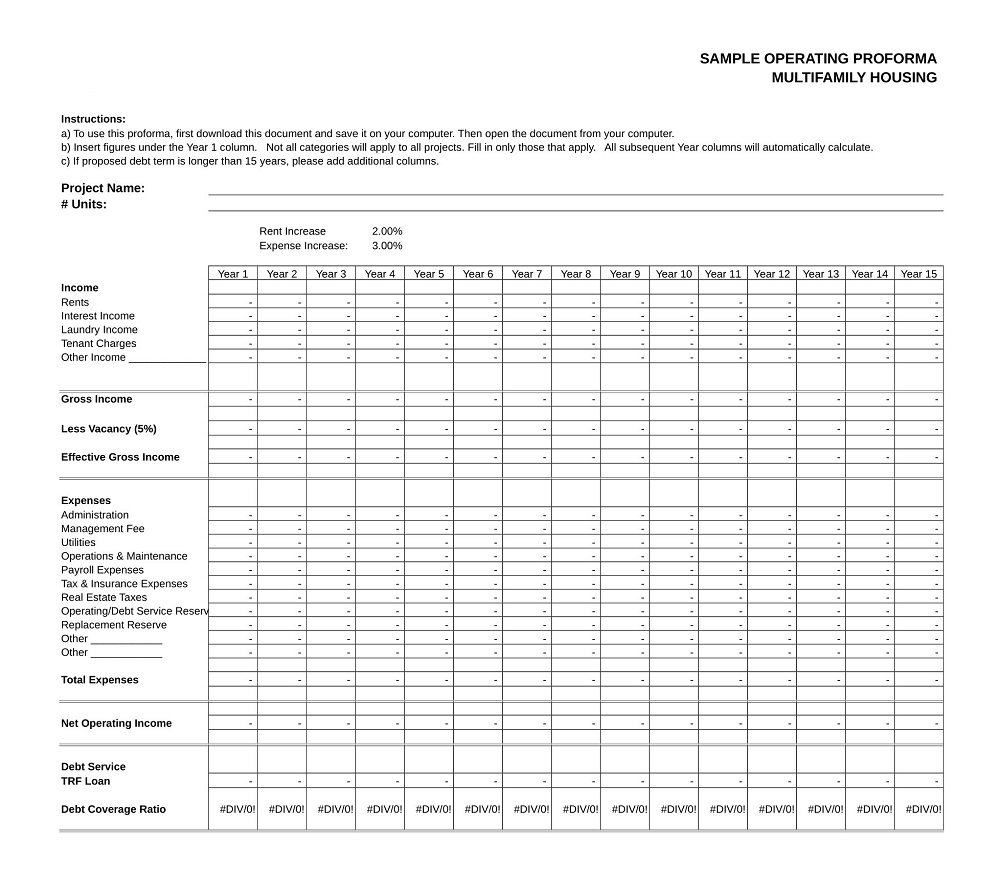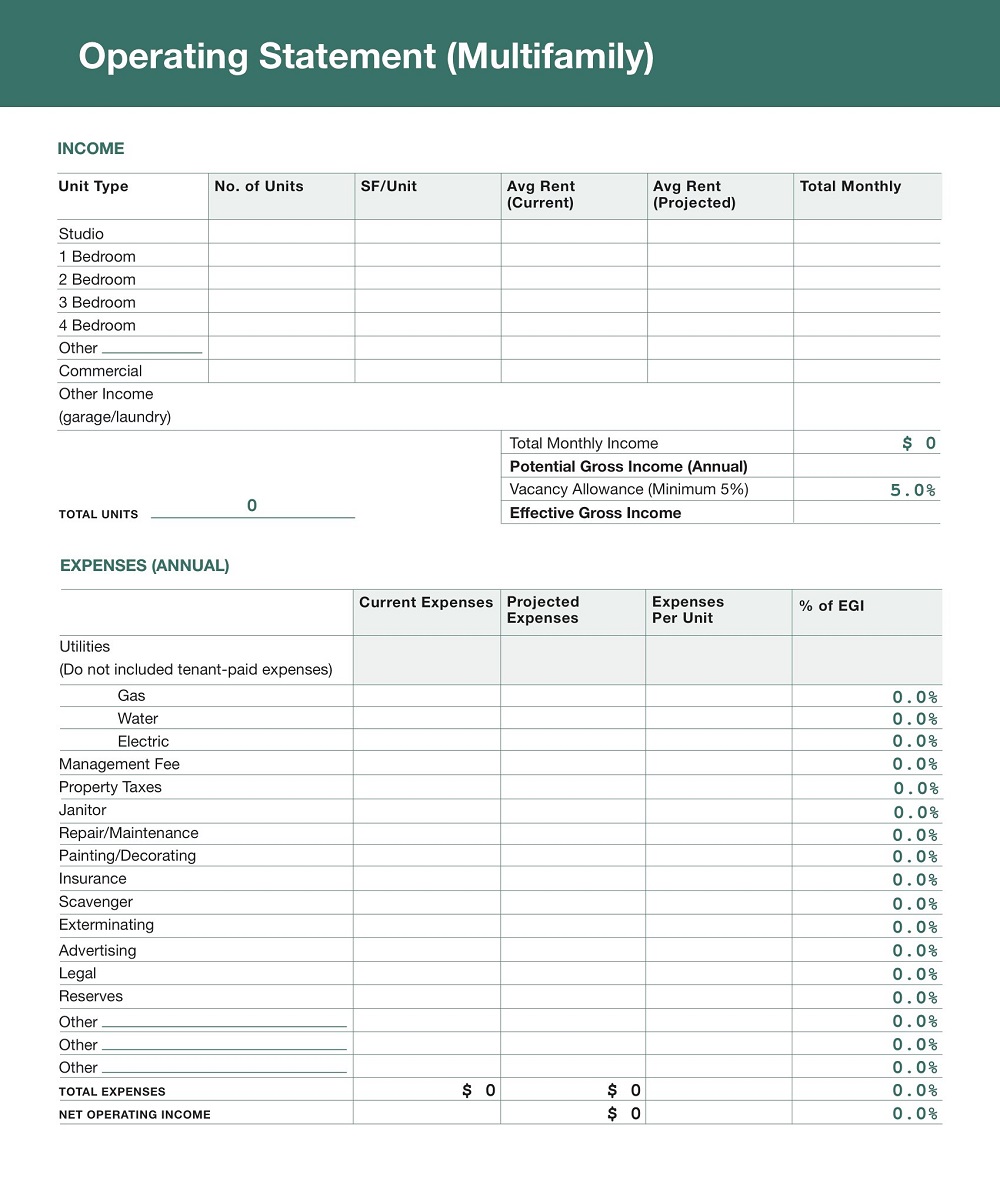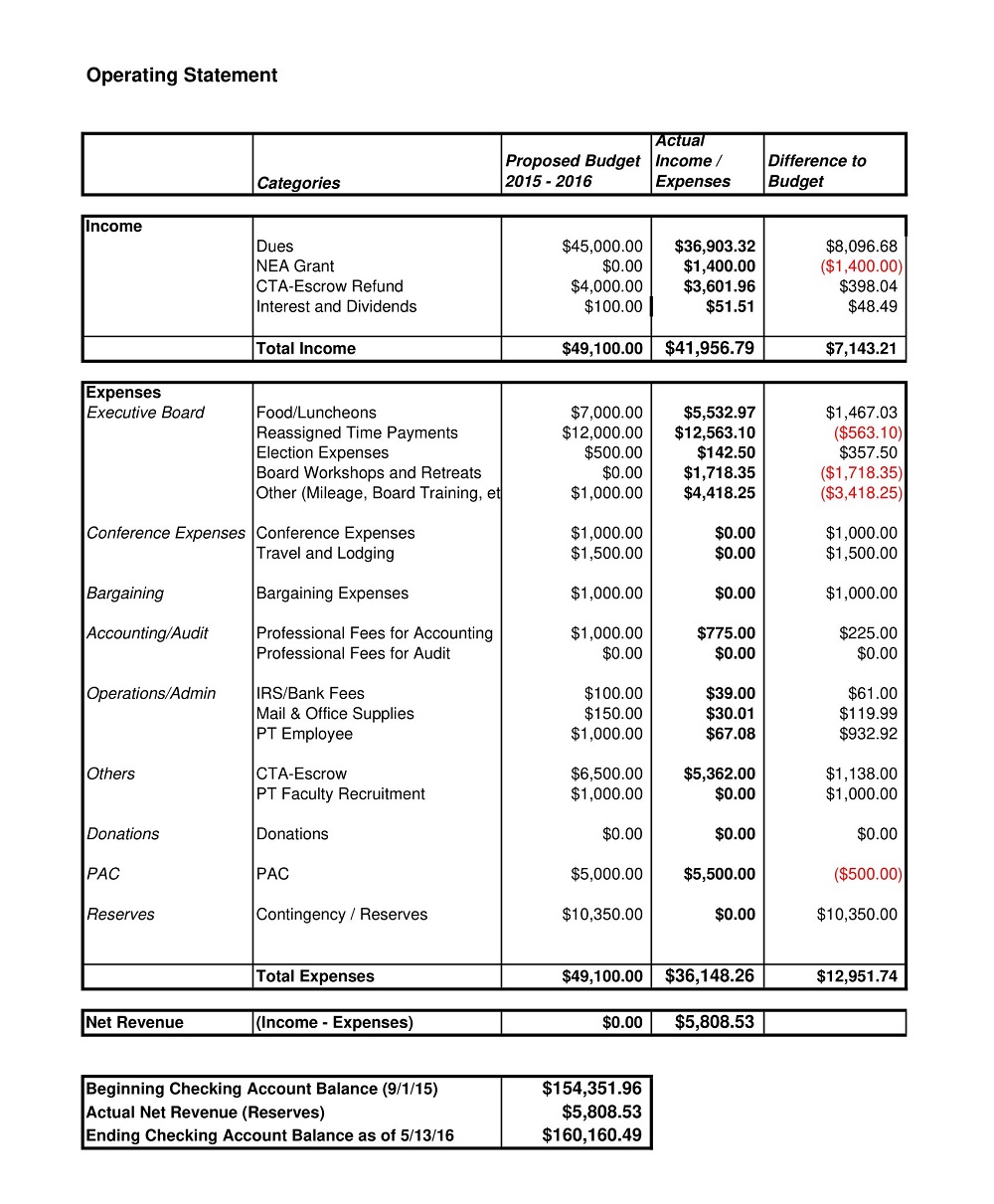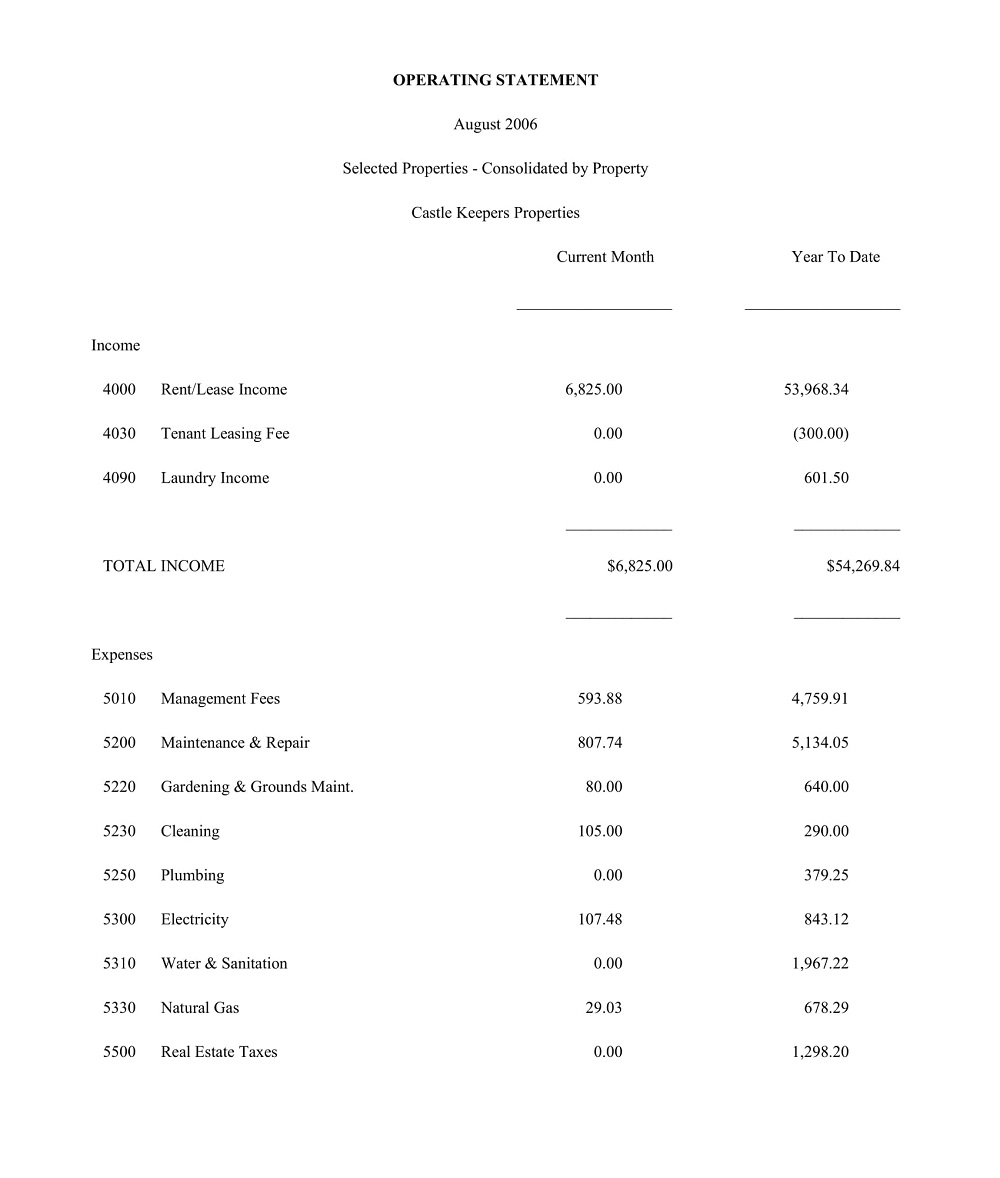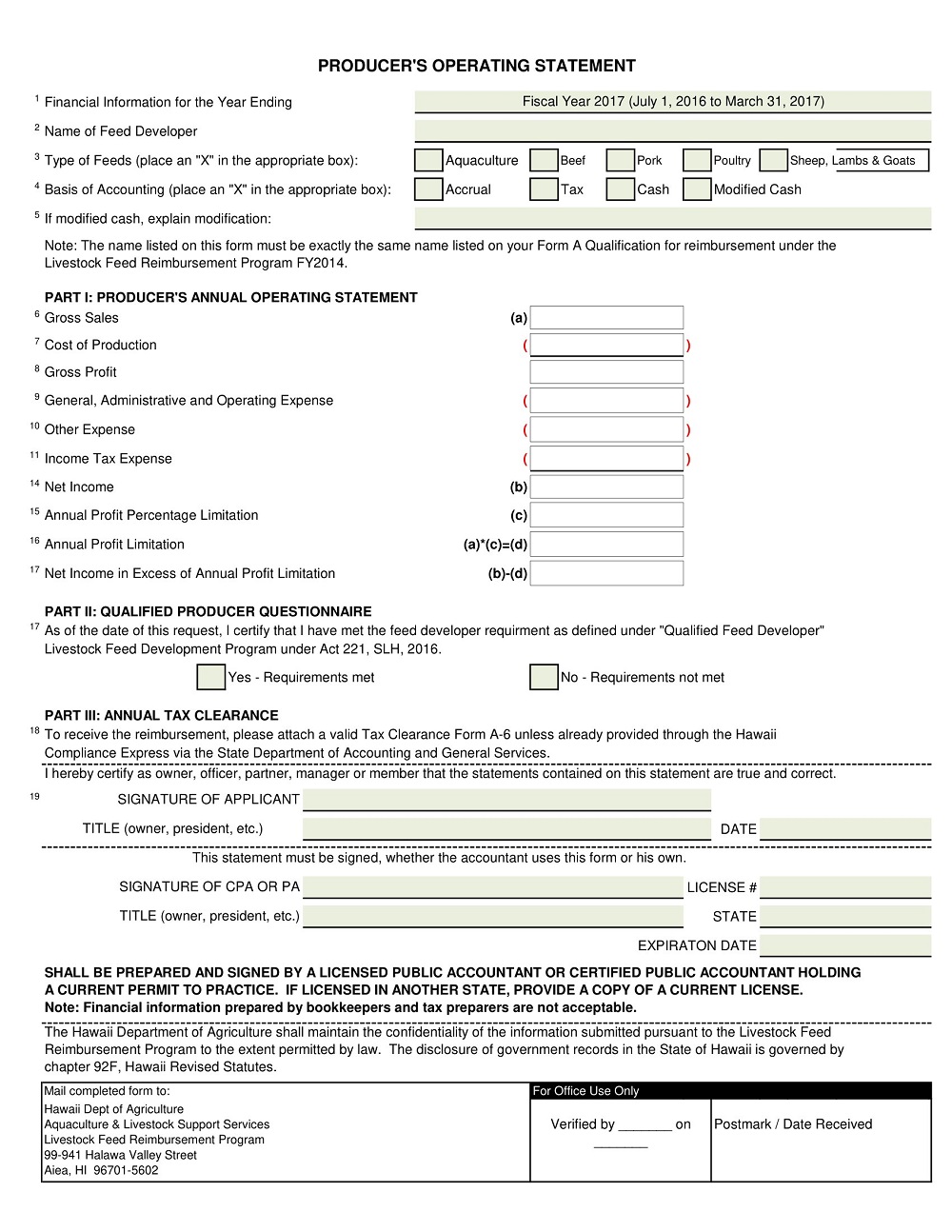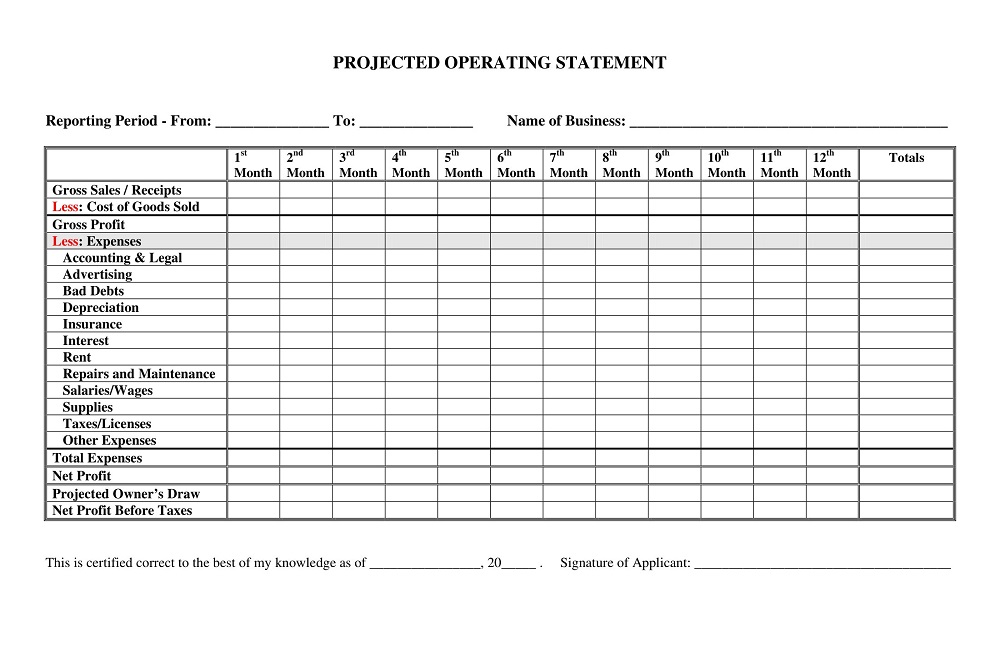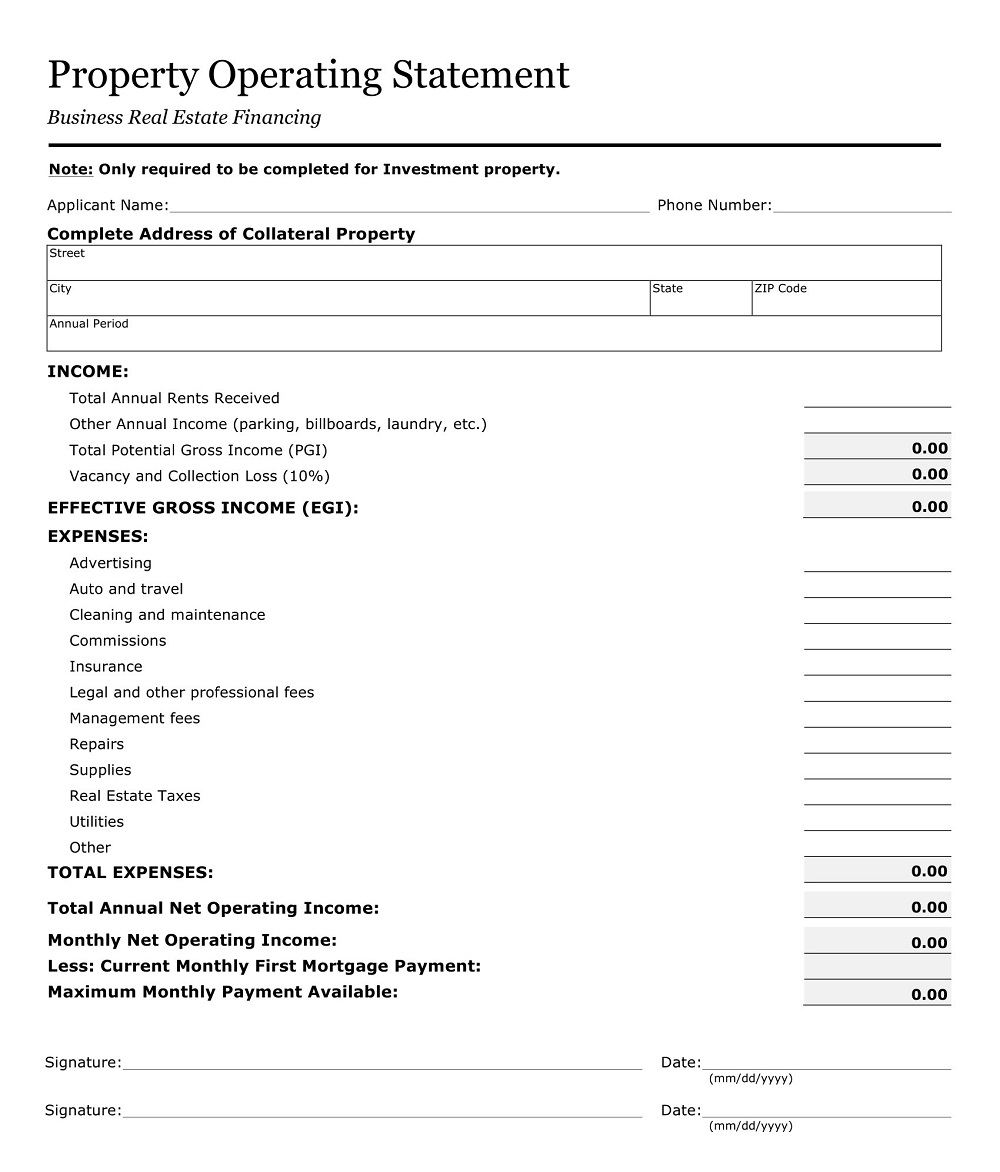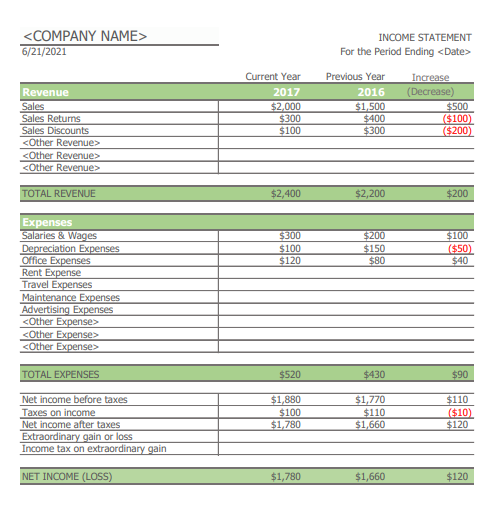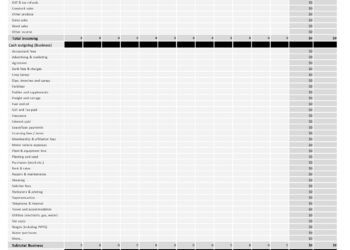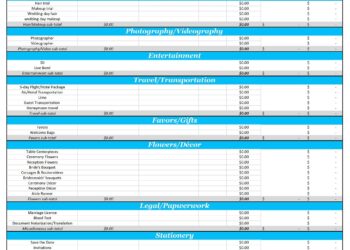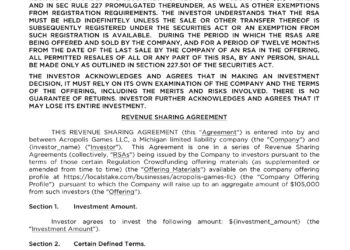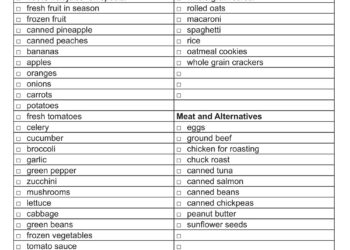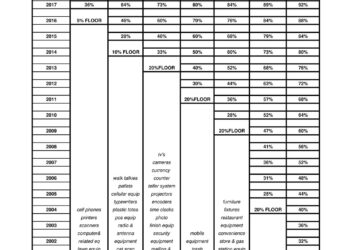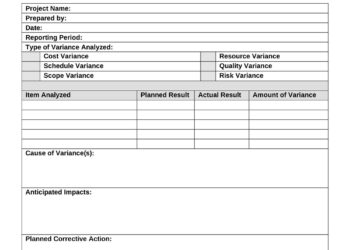An operation statement is a financial document used by businesses to summarize their revenues, costs, and expenses over a specific period, typically on a monthly, quarterly, or annual basis. It provides a snapshot of a company’s financial performance, showing whether it has generated a profit or incurred a loss during the period in question. In this article, you’ll find a collection of free Simple Operating Statement Templates and samples in PDF, Word, and Excel format to help you make your business effective.
Download Free Operating Statement Example & Templates
Administration Fund Operating Statement Form
|
Annual Operating Statement Form
|
Balance Sheet and Operating Statement Template
|
Commercial Property Operating Statement
|
Basic Operating Statement Template
|
Current Financial Operating Statement Template
|
Farm Operating Statement Template
|
Final Operating Statement Template Excel
|
Fund Raiser Operating Statement Form
|
Monthly Business Operating Statement Template
|
Monthly Operating Statement Template
|
Multi Family Operating Statement Form
|
Operating Proforma Statement Form
|
Operating Statement Sample
|
Operating Statement Template PDF
|
Operating Statement Template Word
|
Producer’s Operating Statement Sample
|
Projected Operating Statement Sample
|
Property Operating Statement Sample
|
Treasury Operating Statement Template
|
A key element of Operating Statement Template
Revenue: this section lists all the sources of income earned by the business during the specified period. It may include sales revenue, service fees, interest income, and other income streams.
- Cost of goods sold(COGS): (COGS) represents the direct costs associated with producing or delivering the goods or services sold by the business. This includes expenses like raw materials, labor, and manufacturing costs.
- Gross profit: Gross profit is calculated by subtracting the COGS from the total revenue. It reflects the profitability of the core operations of the business.
- Operating expenses: This section lists all the operating expenses incurred by the business during the period. Common operating expenses include salaries and wages, rent utilities, marketing expenses, insurance, and depreciation.
- Operating income: Operating income is calculated by subtracting the total operating expenses from the gross profit. It shows the profit generated by the company’s core operations before considering interests and texts.
- Other income and expenses: This section includes any income or expenses that are not directly related to the core operations of the business, such as interest income, interest expense, and gains or losses from investments.
- Net income: Net income is the figure on the operating statement and represents the company’s overall profitability after accounting for all revenues and expenses. It is often used as a measure of a business’s financial success.
Benefits Of Using Operating Statement Templates
Operating statement templates offer numerous benefits by simplifying financial reporting, improving accuracy, aiding in analysis, and supporting decision-making. Whether you’re a business owner, an accountant, or an individual managing personal finances, using a well-designed template can streamline your financial reporting process and provide valuable insights into your financial performance. Here are some advantages of using operating statement templates:
- Templates provide a structured format for reporting financial data. This consistency makes it easier to compare financial performance across different time periods or between different entities, such as different business units or subsidiaries.
- Creating an operating statement from scratch can be time-consuming, especially for small businesses or individuals who may not have a dedicated accounting team. Templates save time by providing a pre-designed framework that only requires the input of specific financial data.
- Templates typically include predefined formulas and calculations, reducing the risk of manual errors in financial reporting. This helps ensure the accuracy of your financial statements.
- Operating statement templates often use standardized terminology and categories, making it easier for stakeholders to understand and interpret the financial information presented. This clarity can improve communication with the organization and with external parties like investors and lenders.
- Templates make it easier to perform financial analysis by providing a consistent format for comparing revenue, expenses, and profit margins over time. This facilitates trend analysis and helps identify areas of financial strength or weakness.
- Having a clear and organized operating statement is essential for making informed business decisions. Templates help you assess the financial health of your business and identify areas where cost-cutting or revenue-enhancing strategies may be needed.
- Whether you’re sharing financial statements with investors, lenders, or other stakeholders, using a well-designed template can enhance the professional appearance of your financial reports.
- While templates provide a structured framework, they are often customized to suit the specific needs of your business or financial situation, you can tailor the template to include additional details or categories relevant to your industry or business model.
How To Use Operating Statement Templates
These templates are valuable tools for tracking financial performance, making informed business decisions, and preparing for tax reporting.
- Look for an operating statement template and begin by filling in the basic information at the top of the template. This includes the name of your company, the reporting period, and the date of preparation.
- In the revenue section, record all resources of income your business generates during the specified period. This may include sales, services fees, interest, or any other income stream. Be sure to categorize revenue sources for better analysis.
- If your business involves selling products, you’ll need to calculate the cost of goods sold. This includes expenses related to the production or purchase of the items you sell. Subtract the COGS from your revenue to calculate your gross profit.
- List all operating expenses, such as rent, utilities, wages, marketing costs, office supplies, insurance, and any other expenses your business incurs.
- If you have a COGS section, subtract it from your revenue to calculate your gross profit. Gross profit represents the profit your business makes after accounting for the cost of producing or purchasing the products you sell.
- Subtract all operating expenses from your gross profit to calculate your net profit. Net profit represents the overall profitability of your business after considering all operating costs.
How To Download A Free Operating Statement Template As A PDF
Follow some steps to download a free operating statement template as a PDF:
Here is a button to download the template. It is labeled as “Download PDF,” Or “Download Template”. If you accept any terms or provide the necessary information, the website should allow you to download the nursing templates as a PDF. Click the download link or button again to initiate the download. Choose a location on your computer or device where you want to save the PDF template and click” save” or “ Download”. Once the PDF is downloaded, you can open it with a PDF reader like Adobe Acrobat Reader. You may also be able to edit the template if it’s a fillable PDF form. If not, you can print it and fill it out manually.
How To Download A Free Operating Statement Template As A Word file
Once you find an operating statement template in Word format. Click on the download link or button. The template will typically download as a Word (.docx) file. Save it to your computer. Open the downloaded Word documents and fill in the necessary details. Distribution agreements can vary widely depending on the specific business arrangements, so be sure to customize the template to meet your needs. Replace placeholders with relevant information such as company names, product details, terms, and conditions.
Reference Link




